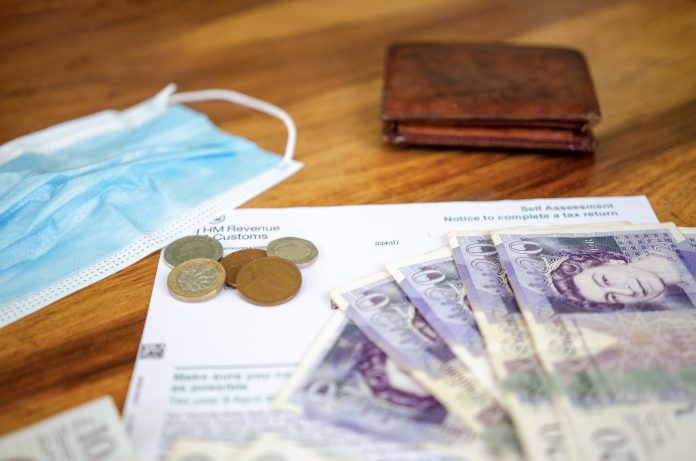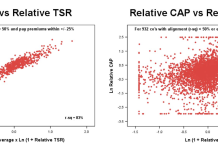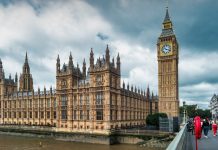Here we discuss how the Bounce Back Loan Scheme works, and how it may help your company amid the COVID-19 pandemic
The Coronavirus (COVID-19) outbreak has seen the UK’s economy face unprecedented struggles. In order to assist companies affected by the poor economic environment, the government has introduced several financial safety nets.
One of these is the Bounce Back Loan Scheme (BBLS), which provides companies with state-backed loans, aiding them to return to a stable financial state in the lifting of lockdown measures.
How does the Bounce Back Loan Scheme work?
The state-backed BBLS was introduced with the aim of providing SMEs across the UK with financial support as lockdown restrictions were lifted. The scheme enables companies facing difficulty to apply for loans of up to £50,000, repayable over 10 years.
The loans themselves are 100% guaranteed by the government, meaning that there are no fees or interest incurred in the first 12 months. After this initial grace period, the annual interest rate is capped at 2.5% for the remaining term of repayment. This is enormously beneficial to companies facing increasingly uncertain times, as the fixed interest rate significantly reduces the risk to borrowers.
Am I eligible for a Bounce Back Loan?
In order to be eligible for a Bounce Back Loan, companies must be UK based, and must state that they have been ‘adversely impacted’ by the COVID-19 outbreak. This is defined by them seeing significant financial decline since 31st December 2019. Companies who saw financial difficulty, including entering into insolvency proceedings, before this date may still be eligible, but may face tighter restrictions.
How much could I borrow?
Eligible companies are entitled to a loan of between £2,000 and 25% of their turnover, up to a maximum of £50,000. Due to the loan being provided by private lenders approved by the British Business Bank, companies may need to meet the individual requirements to borrow the sum in question. Information on accredited lenders can be found on the British Business Bank’s website.
What if my company can’t afford to repay its Bounce Back Loan?
If your company continues to face financial difficulty after accessing a Bounce Back Loan, and you fall into the position of being unable to meet repayments, you may wonder where you stand.
A Bounce Back Loan is treated in the same way as any other unsecured debt held by a company. Because there is no need for directors to provide a personal guarantee for such loans, there is no danger of them facing personal liability in normal circumstances. Liability for the debt is tied solely to the company so long as the directors are not found to have utilised the loan for inappropriate reasons, or traded fraudulently.
Read more on liability for bounce back loans
In summary
The fallout of the COVID-19 outbreak has brought with it challenging times for businesses small and large. In an attempt to minimise the damage that this may cause, the government has introduced various safety nets to help get companies back on track. One of these is the Bounce Back Loan scheme (BBLS).
The scheme allows UK SMEs (small to medium-sized enterprises) to borrow from £2,000 to £50,000 from accredited lenders over a term of 10 years. There is an initial interest and payment-free grace period of 12 months, which is 100% backed by the government, which is followed by a fixed interest rate of 2.5% for the duration of repayment.
The absence of directors being required to provide a personal guarantee for such loans is incredibly beneficial, meaning that liability for the debt is tied solely to the company itself. So long as directors do not acquire the loan for inappropriate purposes, or trade in a fraudulent manner, there is no risk of them being held personally liable for repayment.
For more information on the Bounce Back Loan Scheme, and other government support measures, visit the government website.











